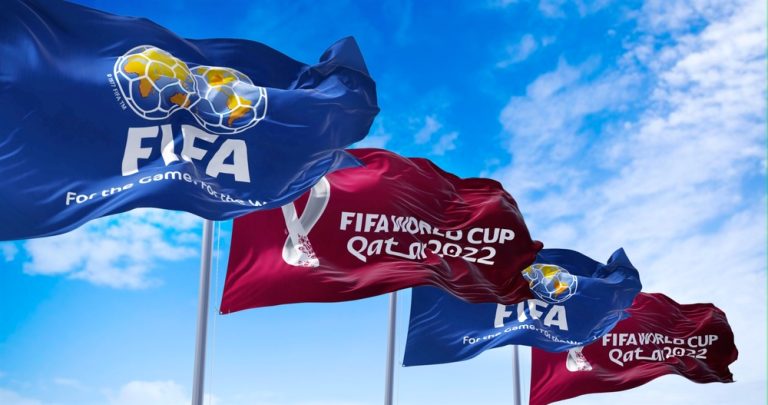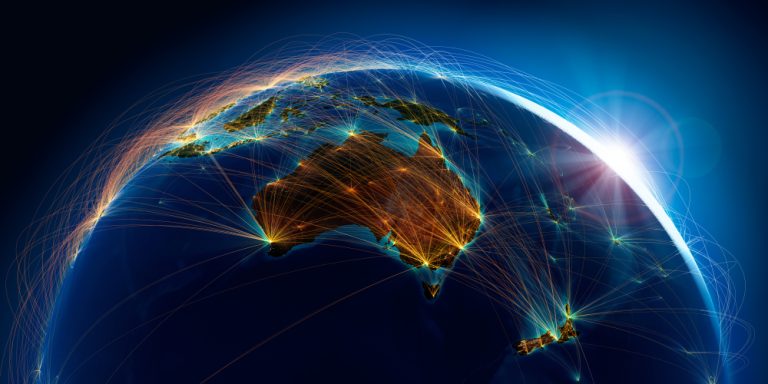
Iran of today: between old sanctions and new opportunities
With the outbreak of the conflict in Ukraine between the United States, the European Union and Russia, a sanctions war began, and the global deprivation imposed on the population of these countries has become unique, frightening, and uncomfortable for many people. But there is a country in the world where life in the realities of various sanctions has become ordinary and has been going on for more than forty years. This state is Iran. What is surprising is not the fact that this country lives under hundreds of sanctions restrictions, but the fact that under this pressure it can develop very dynamically and rapidly. The recent allegation that Iran is supplying Russia with combat drones is well demonstrated and has greatly changed the balance of power on the front. This situation seriously worried the U.S. authorities. State Department spokesman Ned Price, during a regular briefing, answered journalists’ questions regarding data on Iran’s existing arms supplies to other countries, including Russia. He said that the United States was going to stop this activity and that the U.S. had the necessary tools to do so. A rational question arises: how could a backward rogue country like Iran can create weapons that Russia does not have and that can be so threaten to Ukraine which is relying on military supplies from Washington?

The answer is obvious: over the past forty years, despite the sanction of the regime, Iran has been able to achieve serious economic and technological development. Tehran’s sanctions war with the United States and its allies began after the Islamic Revolution of 1979, which overthrew Shah Reza Pahlavi, who was loyal to the Americans, after which he was replaced by the radical Islamic regime of Ayatollah Khomeini, who considered Western countries almost as “Satan”. Although formally the reason for many of the sanctions was the hostage-taking at the U.S. embassy of the capital of Iran, the real global reasons, were of course economic and political, which boiled down to the excessive independence of the new Iranian government. Almost immediately, purchases of Iranian oil ceased, and Iranian deposits in American banks were frozen, and the sale of military products to Iran was banned. After the severance of diplomatic relations, an embargo was imposed on all exports, including food and medicine. Iran was disconnected from SWIFT, cut off from serving European and American banks and international payment systems even banned transactions with dollars. The country was deprived of access to technology and investment. The justification for the sanctions has constantly changed: human rights, the nuclear program, support for terrorism, but their essence has not changed. Initially, this dealt a huge blow to the economy: oil production fell by almost three times, food and goods became more expensive. The economy fell into recession. Already in 1980, GDP fell by 25% and inflation constantly shows the same annual rates on average. But even in these conditions, the country’s economy did not stand still and developed.
Against the backdrop of high inflation and restrictions on the withdrawal of capital abroad, the Iranians massively invested in the development of local production, which could not but lead to positive results: in 2019, the Tehran Exchange became the fastest growing stock market in the world. Iran cannot be called backward. Externally, the country is like Turkey, adjusted for a more orthodox form of Islam. Contrary to stereotypes, over the 40 years of sanctions, Iran has not turned into a beggarly country. The country produces its own cars and trucks, has a well-developed network of paved roads and gasification, even the most remote villages are provided with fuel. The average salary is equivalent to $1000, which provides high purchasing power. The state-mandated minimum wage in Iran is about $230, which is a good figure. The country has a well-developed education and, especially, medicine.
A consequence of good purchasing power is the rapid development of shopping centers. One of them, Iran Moll, is the largest in the world. The main suppliers of consumer goods to Iran are the countries of Southeast Asia, primarily China. For the Chinese, as always, U.S. sanctions are just an opportunity to make good money. After all, it is China, and not the United States, that is the new “workshop of the world.” Iranian restaurants even serve Coca-Cola, albeit “semi-legal”. The oil problem was also partially solved. Now China is the main consumer of Iranian hydrocarbons, and the rest is sold through “black markets”. Beijing has generally become Tehran’s main trading partner, followed by the United Arab Emirates, followed by India and Turkey. Through the Chinese, the Iranians also gain access to technology. As part of overcoming international financial restrictions, cryptocurrency has become part of the national financial system, and mining brings hundreds of millions of direct incomes. Through gray intermediaries from the UAE and Turkey, they also arranged the supply of goods from Western manufacturers, including iPhone, learned how to send money abroad, and replaced Western services with local counterparts: Cloob instead of Facebook, and Aparat instead of YouTube. Iran did not slide into a planned totalitarian economy and remained a market economy. According to the human development index, Tehran has risen by 28 lines from 2005 to 2022, ranking 70th in the world. Life expectancy has increased by seven years and reached to 77 years old. In addition, the population increased by 22%. Literacy and knowledge among young people are almost absolute.

Iran’s attempt to become more “open to the world” also ended in exemplary failure. In 2015, Tehran concluded the so-called “nuclear deal”, according to which, in exchange for curtailing its nuclear program, it was promised a gradual lifting of restrictions. This initially led to positive changes in the economy, but also increased dependence on the U.S. and European countries. Donald Trump, who came to power in the United States, withdrew from these agreements and increased pressure by imposing 950 new sanctions. This led to the depreciation of the national currency, inflation of 60%, a decline in GDP by 6% and a shortage of many goods, including medicines. Iran was able to survive and in 2018 the economy was already growing at an average of 3% per year. However, through these events important experience was gained, and there was a healthy skepticism towards agreements with the United States, as well as a clear hope based only on Iran’s own strength. It is not surprising that now, when negotiations of the “nuclear deal” have resumed at the initiative of the Americans, since they have reached a dead end, the development of Iran’s own nuclear technologies is more important than the American abstract promises about easing sanctions on the regime.
The sanctions have slowed economic growth in Iran and living standards are not as high as they could theoretically be. But the Iranians have found many ways to get around the restrictions imposed on them by trading with countries such as China, India and the UAE. The Iranian experience also shows well that all systems that support economic activity should have their own counterparts. This creates an incentive for the development of autonomous technologies and industries, and ultimately allows the creation of modern weapons, such as the notorious drones. Over the decades of sanctions, Iran has repeatedly demonstrated that it can overcome any difficulties. The economy of Iran, living under U.S. sanctions, clearly shows that any state can exist under pressure from the U.S. and the EU. These countries cannot single-handedly make any other country as a “rogue”, which means that the world has concretely become competitive and multipolar. In such a world of tough confrontation, the Iranian experience can always be useful to any country, no matter how much it hopes for “specialization” and “globalization”.


I read your article carefully, it helped me a lot, I hope to see more related articles in the future. thanks for sharing.
Looking forward to reading more. great article. Really looking forward to reading more books. cool. I really enjoy reading a thought provoking article. Also, thanks for allowing me to comment!